Counting to 10 in Japanese!
While counting in class, we will keep count in Japanese. It is important for the students to learn so they can best follow count during drills and kata.
1- Ichi 2- Ni 3-San 4-Shi 5-Go 6-Roku 7-Shichi 8-Hachi 9-Kyu 10-Ju
History
The following is a brief history of Karate and Seishindo.
Question: Where does Karate come from? Where did it start?
Answer: Island of Okinawa, Japan
Question: What 3 towns in Okinawa did karate develop in?
Answer: Shuri, Naha, and Tomari
Question: What are the 3 original styles of karate from Okinawa?
Answer: Shuri-Te, Naha-Te, Tomari-Te
Question: What does karate mean?
Answer: Open hand
Question: Who was the founder of Seishindo, and where was it created?
Answer: Taka Noburyu, in Chico, California
Question: What does Seishindo mean?
Answer: True Heart Way
Question: Where is the headquarters of Seishindo?
Answer: Tokyo, Japan
Question: What three original styles of karate does Seishindo incorporate?
Answer: All three. Shuri-Te, Naha-Te, Tomari-Te
Terminology
Below is a list of basic karate terms that are used in the dojo.
Dojo: karate school (A place to learn)
Obi: karate belt
Gi: karate uniform
Kobudo: Okinawa weapons art
Sensei: Teacher
Senpai: Senior student
Shi-han: Certified instructor ( called Sensei)
Kihon: Basics
Kata: Karate forms
Hai: in Japanese, means yes or understand. In kata, used as a signal for next, or go.
Uke: Blocks
Keri: Kicks
Tachi: Stance
Ki-ai : Loud shout used in drill and kata. In Japanese, "Ki" means spirit/energy, and "Ai" means convergence.

